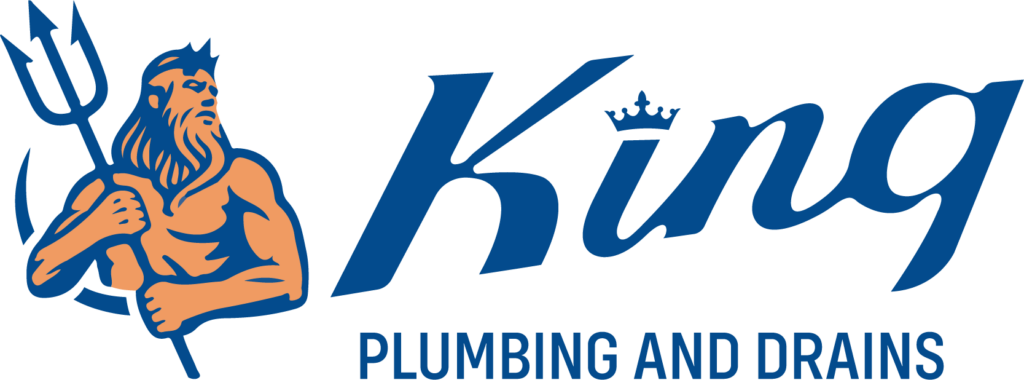How Do Professionals Identify Hidden Leaks That Homeowners Miss?
Hidden leaks cause quiet damage that grows worse with time, especially when they remain undetected in places like wall cavities, subfloors, or ceilings. Most homeowners rely on surface clues like peeling paint, damp smells, or stains, but these usually show up long after the real issue begins. Because of this delay, small problems can turn into large repair needs.
Professionals approach leak detection in a focused and organized way. Their experience, combined with tools and methods, helps them uncover leaks that ordinary checks often fail to catch.
Thermal Imaging Devices Pinpoint Cool Areas Behind Surfaces
Experts use thermal imaging cameras that detect temperature differences in building materials and display them as clear, color-coded images. It helps them locate moisture that cools down hidden spots behind drywall, tile, or wood.
These tools help them examine large areas without damaging structures, allowing fast and accurate inspections. Since water often absorbs and spreads in ways the eye cannot see, this method offers a quick and non-invasive way to track leaks. Homeowners may miss these subtle signs, but professionals know how to interpret them with precision.
Pressure Testing Methods Confirm Internal Pipe Leaks
Professionals isolate sections of the plumbing system and apply pressure testing to detect drops in water flow that point to leaks inside walls, under floors, or beneath concrete slabs. When a drop occurs, it means water escapes somewhere in that section, prompting experts to narrow the search to a specific area.
This method avoids cutting into walls blindly and allows focused repairs. Homeowners rarely have access to such tools or the training to use them properly, which makes this method valuable for accurate detection.
Moisture Meters Locate Damp Spots Beneath Dry Surfaces
Moisture meters measure how much water is present inside materials like wood, drywall, or flooring. By pressing the tool against a surface, professionals get real-time readings that show if water is trapped inside, even if the outside feels dry.
These tools help spot hidden leaks early, preventing the growth of mold or structural damage. This method saves time and gives experts solid data to plan repairs. Regular visual checks often miss these deeply buried wet spots.
Acoustic Tools Help Detect Sounds from Within Structures
Leak detection specialists also use acoustic sensors that capture sound waves made by dripping or leaking water within pipes, allowing them to hear what is otherwise silent. Even tiny leaks produce noise, and with the help of these tools, experts can find the location without tearing apart walls or floors. The sounds guide them closer to the source, giving them an edge over guess-based approaches. These devices are especially helpful in complex or older plumbing systems.
Dye Tracing Helps Confirm Drain and Fixture Leaks
Some professionals use dye tracing by adding colored liquid to drains, toilets, or fixtures to track how water moves through pipes. If the dye appears in unwanted places, it confirms a leak. This visual method helps confirm what other tools may suggest and gives a final check before repair begins. It works well for slow leaks that don’t leave visible signs.
For precise leak repair solutions, King Plumbing and Drains, LLC
serves Shallotte and Brunswick County, North Carolina, with trusted services that help homeowners find hidden plumbing problems early, prevent long-term damage, and restore peace of mind through fast, reliable work.




